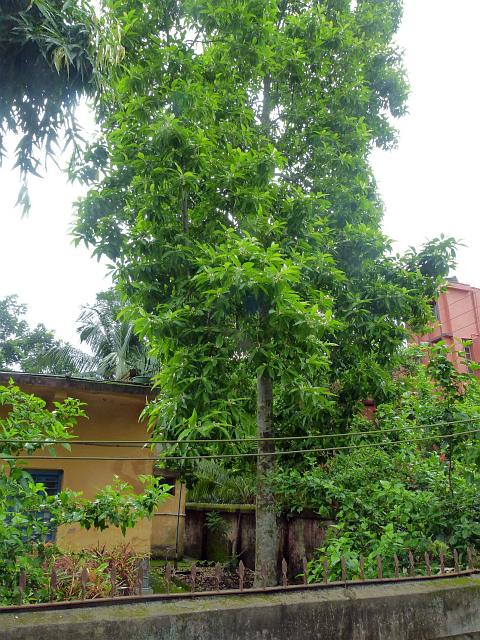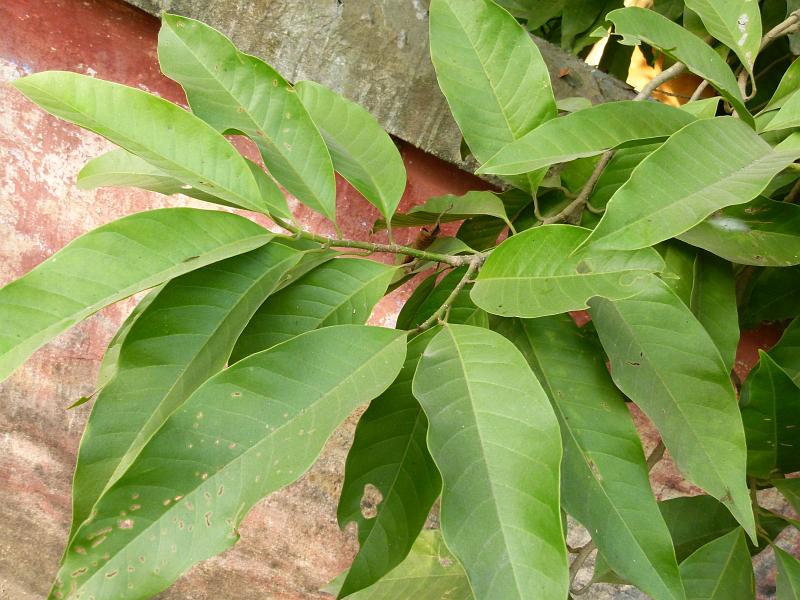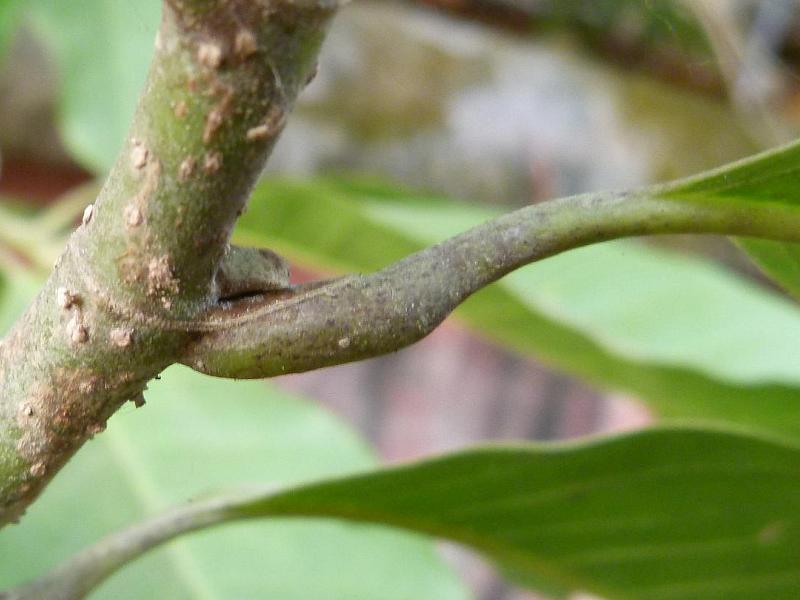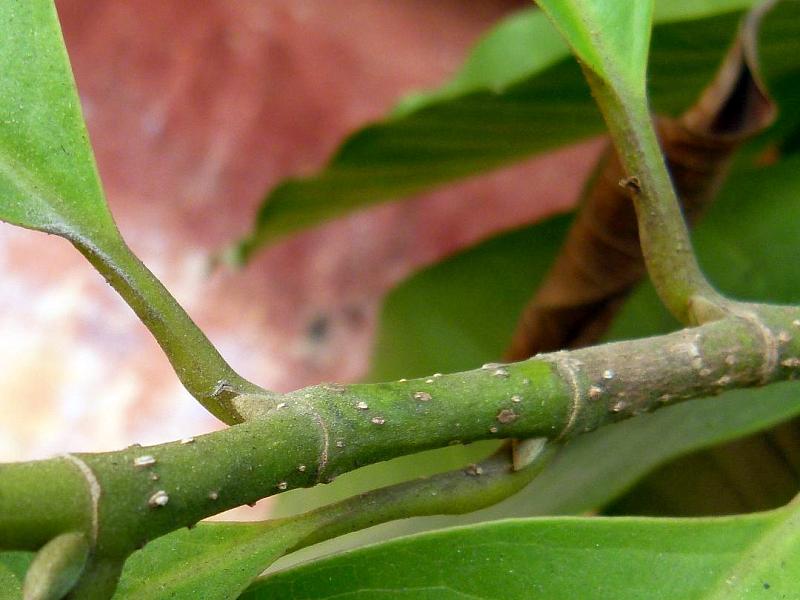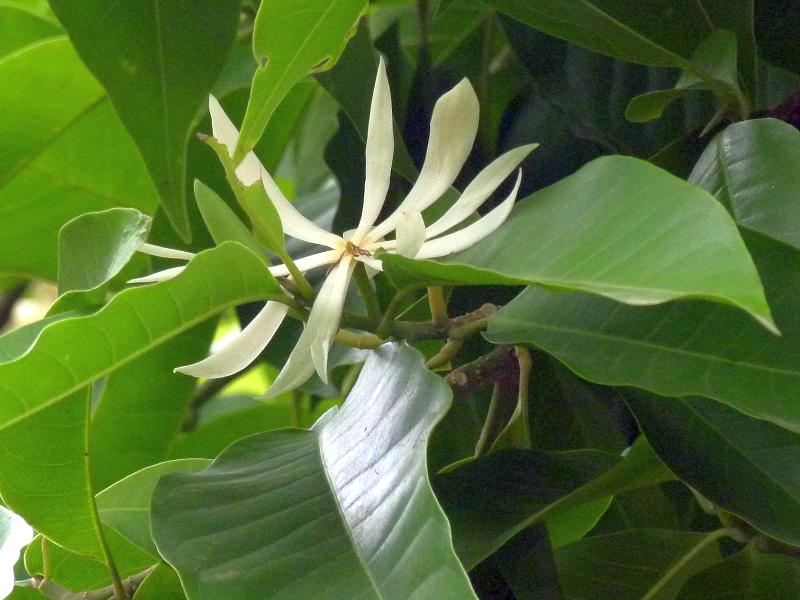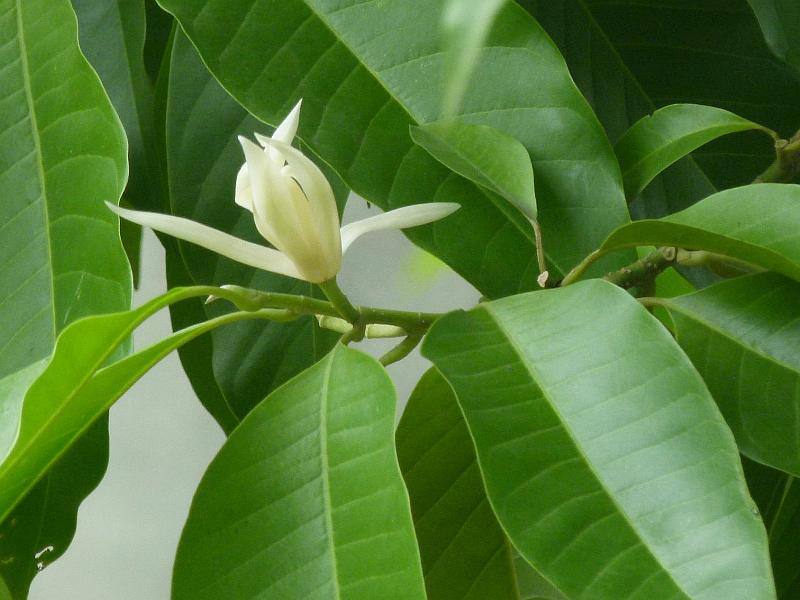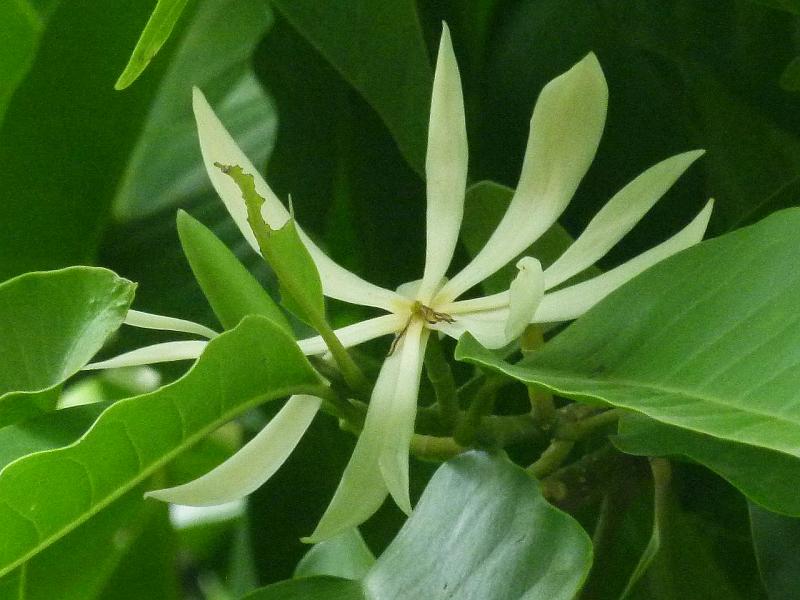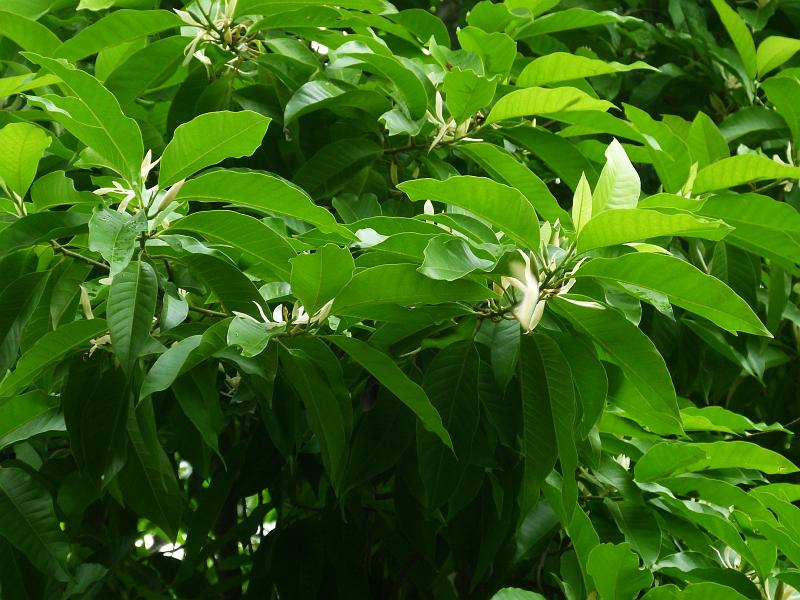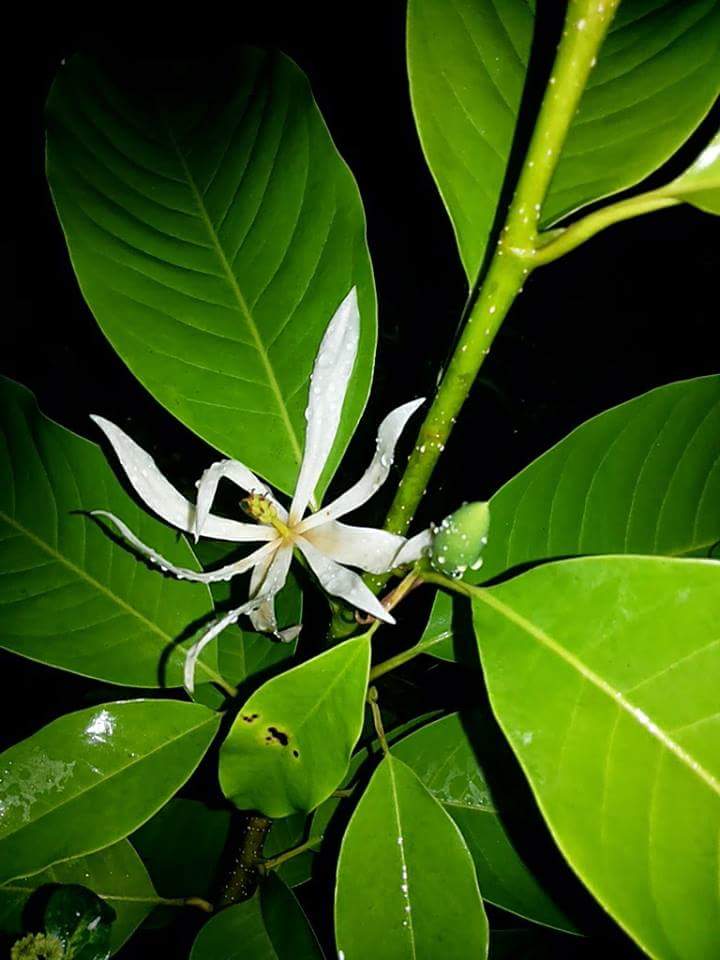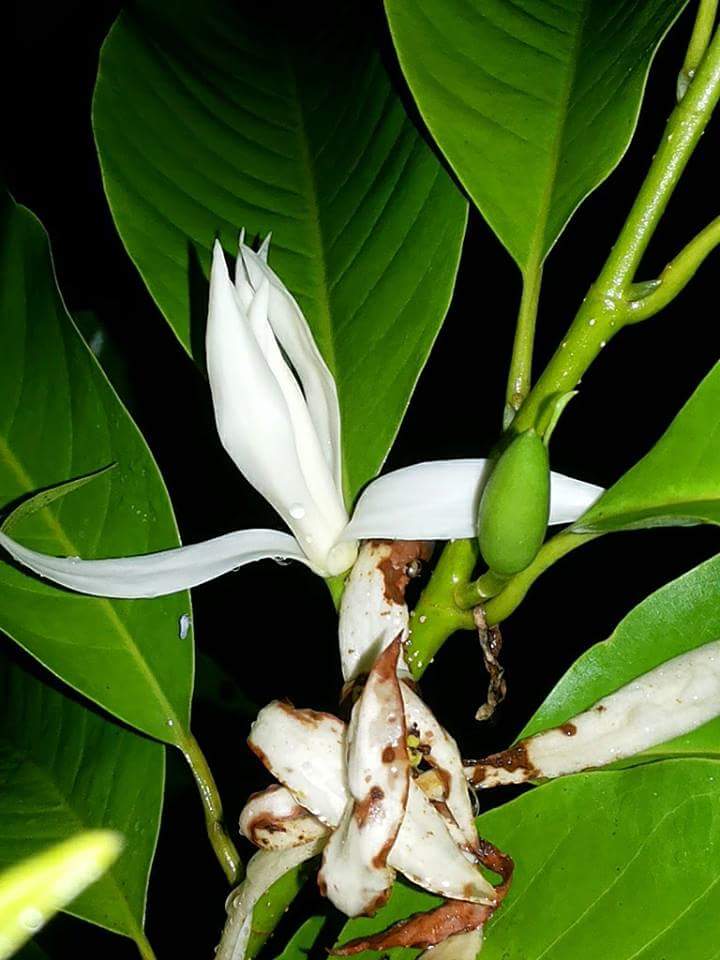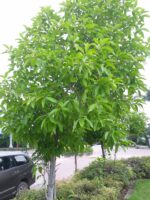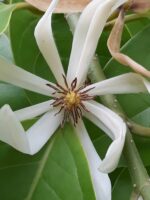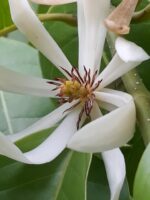|
Magnolia ×alba (DC.) Figlar, Proc. internat. symp. fam. Magnoliac. 21. 2000 (“1998”) (Syn: (≡) Michelia ×alba DC. (basionym));
. Hooghly : possibly Michelia ×alba Candolle : 6 posts by 2 authors. Attachments (5).
Until a little while ago I knew this is Michelia champaca L., the scientific name of CHAMPA. But the KEY in FoC and an article drew my attention. Please solve the puzzle lest I may be tempted to shoot out a name of plant I had photographed in SFO Botanical Garden
Any way it is there in our forum. Didn’t imagine this simple very fragrant flower can invite so much puzzle! … informs that it might be M. alba.
Michelia alba DC. – TPL recognizes but GRIN or FoC doesn’t, while another document from China does accept – http://www.jse.ac.cn/wenzhang/aps06137.pdf. According to this particular pdf file – 1) stipular scar nearly to half of petiole = alba 2) stipular scar longer than half of petiole = champaca . Unfortunately none of my photographs shows clear stipular scars (I was outside the boundary wall!).
Michelia x alba (DC.) Figlar – GRIN & FoC accept but TPL doesn’t. TopTropicals features it and at the same time it features one M. champaca var. alba (please scroll down the page)!
M. x alba – 10 in FoC, but variable in TopTropicles. Again my photographs are not decisive about the number of tepals, one perhaps shows 12 tepals.
The issue has been raised in another forum – http://forums.gardenweb.com/fragrant/msg0. However, another interesting document/pdf is at http://members.tripod.com/hatch_l/woodymi5d.pdf which groups alba, x alba and var, alba together and the species – (i) tepals very narrow, linear to lanceolate, twisted, spidery effect (ii) leaves medium to light green against other spp. Yet another article informs flowers are zygomorphic irregular in alba and zygomorphic with bilateral symmetry in champaca.
So, finally I think this plant is not M. champaca L. and would like to follow GRIN or FoC naming convention.
Thank you very much. 1 image. I think yes, and not really developing carpel region. Thank you Sir. I will try to visit the plant after a month or two, to see if fruit develops. Also would try to get close photographs of leaf for stipular scar. I am very sorry that I am too late to revisit this tree. This tree has again started flowering, only a few though, hiding behind leaves (couldn’t photograph). However, I met the owner and she says this tree doesn’t produce fruits. Will try to recheck again. Meanwhile attached here a few photographs of leaves and petioles. To me leaves also seemed to be fragrant! Magnolia x alba ?? : 3 posts by 2 authors. Attachments (3)
Location: Chitwan, Nepal
Altitude: 600 ft.
Date: 9 August 2014
Magnolia ×alba (DC.) Figlar
. References: |
Magnolia × alba (Cultivated)
Updated on December 24, 2024

